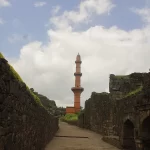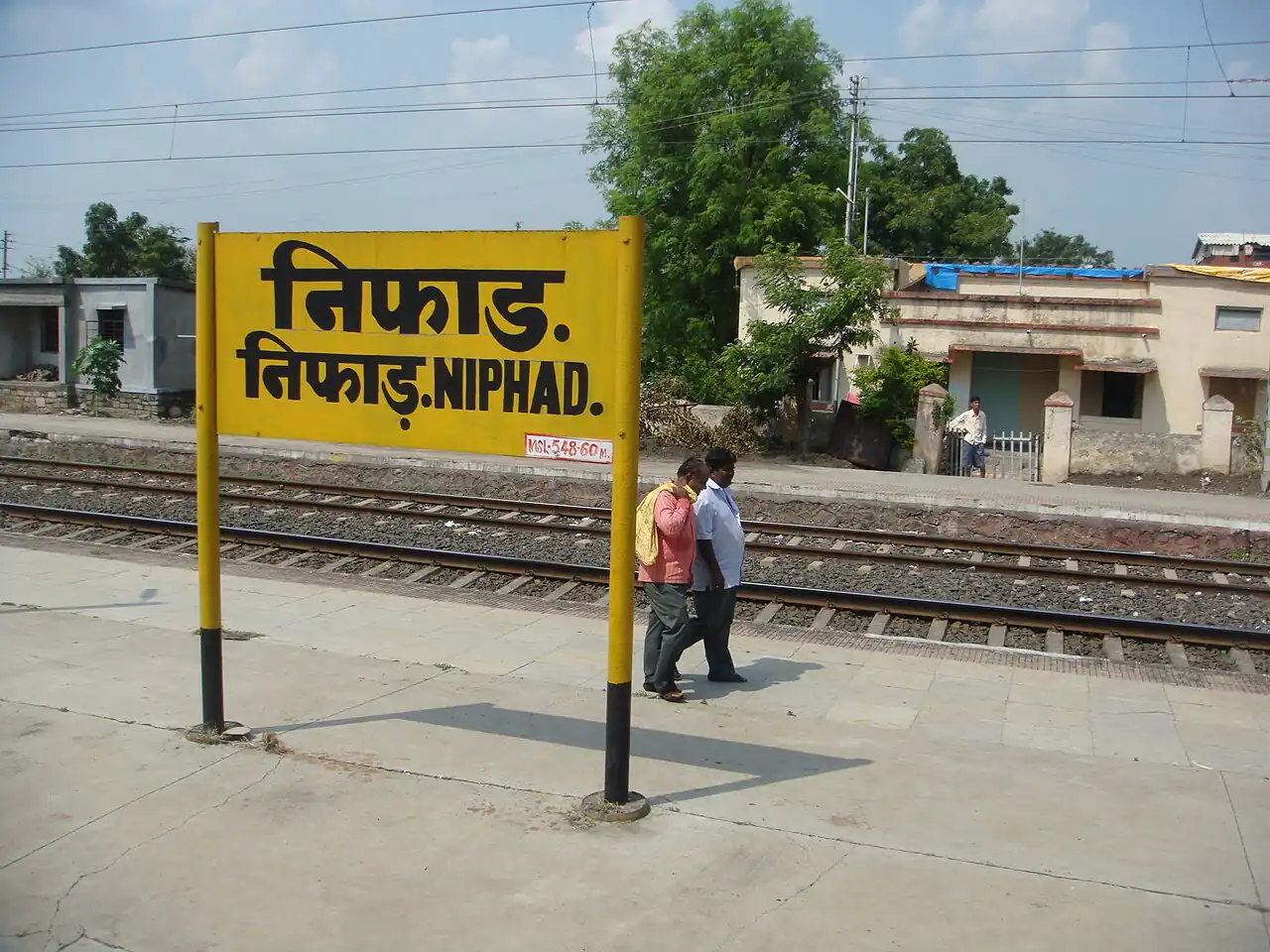“Where Vineyards Meet Heritage: Niphad, Maharashtra’s Best-Kept Secret!”
🔴 Introduction: Unveiling Niphad – Maharashtra’s Agrarian Jewel
Nestled in the lush plains of Nashik District, Maharashtra, Niphad is a taluka that defies expectations. Known as the “California of Maharashtra” for its sprawling vineyards and thriving wine industry, this region is a blend of agricultural prosperity, historical depth, and cultural vibrance. With its flat terrain (aptly named “Niphad”, meaning “a place without mountains” in Marathi), fertile soil, and strategic location on the Nashik-Aurangabad Highway, Niphad serves as a hub for trade, tourism, and tradition.
This guide dives deep into Niphad’s soul – from its ancient temples and colonial-era architecture to its modern-day status as India’s grape-processing powerhouse. We’ll explore how to reach Niphad from major Indian cities, the best places to visit, seasonal itineraries, and even chat with locals to uncover hidden stories. Whether you’re a history buff, a wine enthusiast, or a curious traveler, Niphad promises an unforgettable journey.

🟢 Section-by-Section Breakdown
👉 History & Architecture: From medieval dynasties to British-era infrastructure.
👉 Geography & Climate: Monsoon magic, winter wine festivals, and summer harvests.
👉 Economy & Demographics: The sugarcane-wine nexus and cultural diversity.
👉 Travel Guide: How to reach, top attractions, local cuisine, and handicrafts.
👉 Cultural Deep Dive: Interviews with farmers, winemakers, and temple priests.
👉 FAQs: Everything from safety tips to festival dates.
Niphad: Maharashtra’s Agrarian and Wine Gem
🟣 Detailed Introduction
🔘 The Land Without Mountains: Niphad’s Geographic Identity
Niphad Taluka, spanning 1,400+ sq km, is a stark contrast to Nashik’s hilly terrain. Its flat, fertile plains are fed by the Godavari and Kadwa rivers, making it Maharashtra’s agricultural backbone. The absence of mountains has shaped its identity – open skies, vast farmlands, and a community deeply rooted in agrarian traditions. Farmers here joke, “Our only peaks are the sugarcane stalks!”
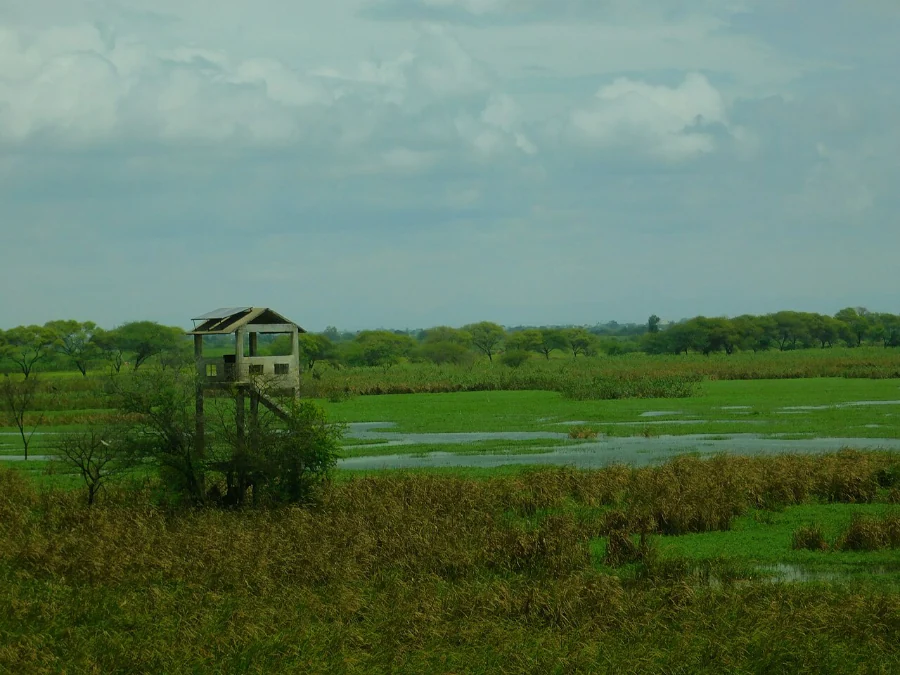
🔘 Historical Roots: From Bhakti Saints to British Rule
Niphad’s history dates to the Maratha Empire, but its strategic location made it a crossroads for traders and pilgrims. Local lore speaks of Sant Tukaram visiting the region during the Bhakti movement. Under British rule, Niphat (as it was spelled then) became a railway and administrative hub, evident in its colonial-era courts and irrigation projects like the Vadali Dam (1975).
🔘 Architectural Marvels: Temples, Dargahs, and Sugar Factories
➤ The town’s architecture is a mosaic of styles:
👉 Hindu Temples: The 18th-century Khandoba Temple, with its intricate stone carvings, hosts the annual Magha Shuddha Paurnima fair.
👉 Colonial Buildings: The Niphad Sub-Division Court, built in 1890, blends Gothic arches with Indian motifs.
👉 Modern Industrial Giants: The Niphad Sahakari Sakhar Karkhana (sugar factory) stands as a symbol of cooperative farming success.
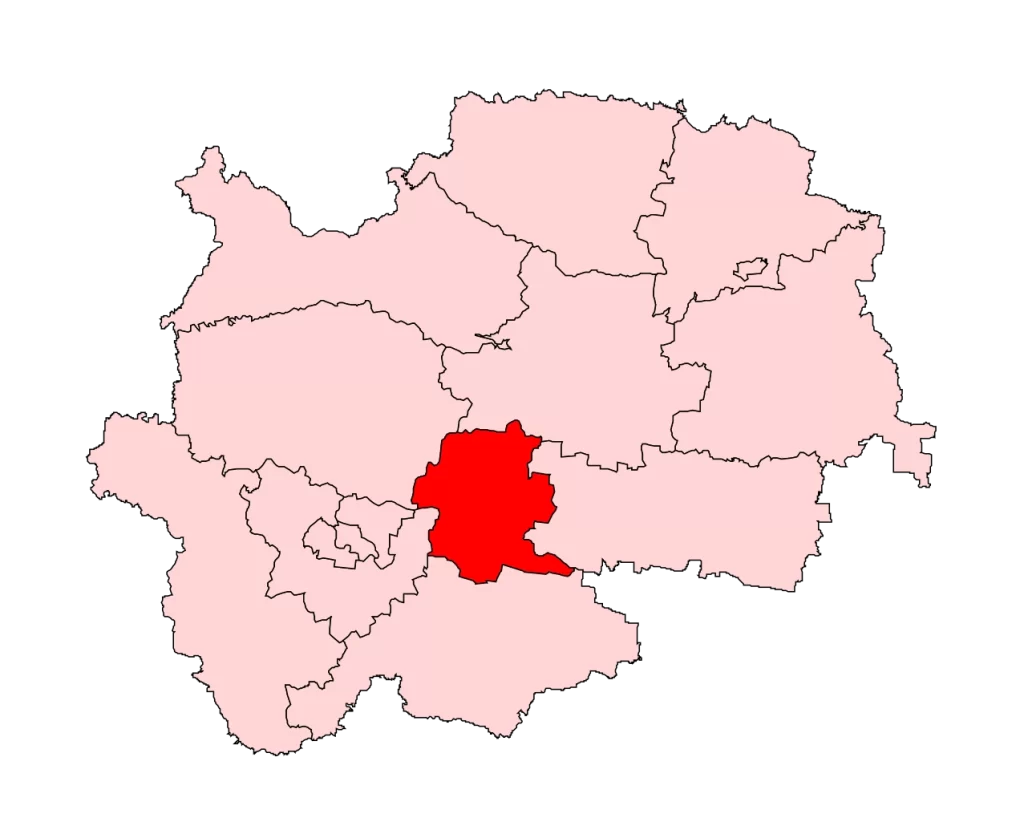
🔘 The Wine Revolution: Niphad’s Global Claim to Fame
With over 10 wineries, including giants like Vinsura and Sula, Niphad produces 60% of India’s wine grapes. The Vinchur Wine Park, a dedicated industrial zone, hosts the India Grape Harvest Festival every February. Winemaker Rajesh Patil shares, “Our soil and climate mimic Bordeaux – minus the French snobbery!”
🔘 Monsoon Magic & Winter Chill: Niphad’s Climate
⦿ Summer (March–June): Hot (25°C – 38°C) but ideal for vineyard tours.
⦿ Monsoon (July–September): Lush greenery and risky floods (pack boots!).
⦿ Winter (October–February): Cool (4°C – 28°C), perfect for exploring temples and festivals.
Also Read
Bhambavli Vajrai Waterfall, Satara, Maharashtra: India’s Natural Wonder
🔘 Demographics: A Melting Pot of Traditions
Of Niphad’s 20,249 residents (2011 census), 85% are Marathi-speaking, with sizeable Gujarati, Muslim, and tribal communities. The taluka’s 82.39% literacy rate outpaces Maharashtra’s average, thanks to institutes like Government ITI and HDFC-backed schools.
🔘 Economy: From Onions to Wines
➤ Niphad’s economy thrives on:
⦿ Agriculture: Grapes, onions, and sugarcane (exported to UAE and Europe).
⦿ Industries: Sugar factories, wineries, and flower packaging units.
⦿ Handicrafts: Paithani weaving and terracotta pottery.
➤ Voices of Niphad: Farmer Stories
Vijay More, a third-generation grape farmer, explains: “We switched from cotton to grapes in the 1990s. Now, my son studies viticulture in Pune – that’s progress!”
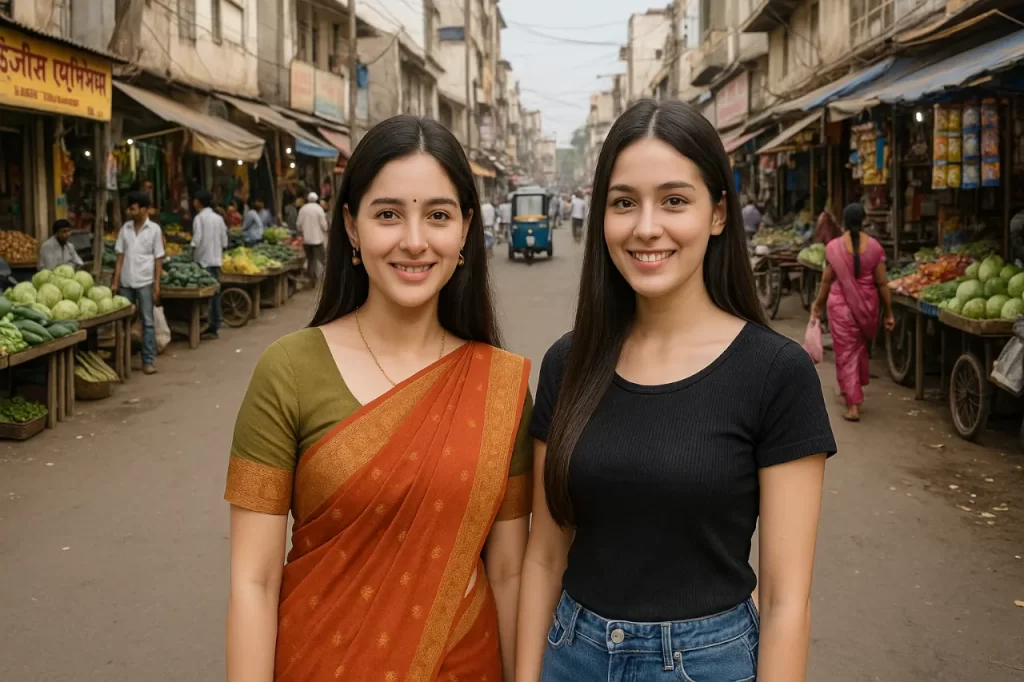
🔘 How to Reach Niphad
⦿ From Mumbai: 180 km (4 hours via NH160).
⦿ From Pune: 220 km (5 hours).
⦿ From Aurangabad: 130 km (3 hours).
⦿ Nearest Airport: Nashik’s Ozar Airport (40 km).
⦿ Rail: Niphad Station (Central Railway) connects to Mumbai, Nagpur, and Pune.
Note: Distance is approximate and travel time may vary. Please check with google maps or local authorities before travelling.
🔘 Best Places to Visit
👉 Vinchur Wine Park: Tour vineyards, taste Cabernet Sauvignon, and join harvest festivals.
👉 Khandoba Temple: Attend the lively fair in January.
👉 Vadali Dam (Khedrai Dam): Picnic spot with sunset views.
👉 Niphad Market: Shop for fresh grapes, turmeric, and handmade jaggery.
⭕ FAQs
When is the best time to visit Niphad?
October–February for wine festivals; July–September for monsoon landscapes.
Are their luxury stays in Niphad?
Home-stays and vineyard resorts like Vinsura Villas offer premium experiences.
⭕ Conclusion:
Niphad is more than a pit stop – it’s a sensory journey through Maharashtra’s agrarian soul and modern ambitions. Whether sipping wine at sunrise or bargaining for spices in its bustling markets, Niphad leaves an indelible mark.
Ready to explore Niphad? Book your vineyard tour today and use code NIPHAD20 for a discount!
⭕ Sources:
⦿ Maharashtra State Gazetteer
⦿ Nashik District Administration Portal
⦿ Interviews with local farmers and winemakers
⦿ Census of India 2011
Image Credit
⦿ Wikimedia Commons – Niphad stationboard
⦿ Wikimedia Commons – 121-Niphad
⦿ Wikimedia Commons – Nandur Madhyameshwar Bird Sanctuary
For more information, you can visit our website: ExploreXP
Latest Posts
- Devgad Taluka, Maharashtra – The Golden Jewel of the Konkan Coast
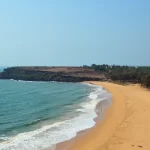
- Shrimant Dagdusheth Halwai Ganpati Mandir – Pune, Maharashtra

- Exploring Sinnar, Nashik District, Maharashtra: Heritage, Industry, and Culture
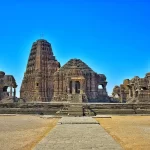
- Kas Plateau Reserved Forest, Maharashtra: A Natural Marvel of Biodiversity and Cultural Heritage
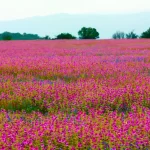
- Exploring Pachora: History, Culture, and Agriculture
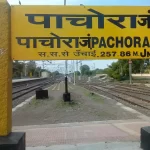
- Chand Minar – A Timeless Jewel of Indo-Islamic Architecture
